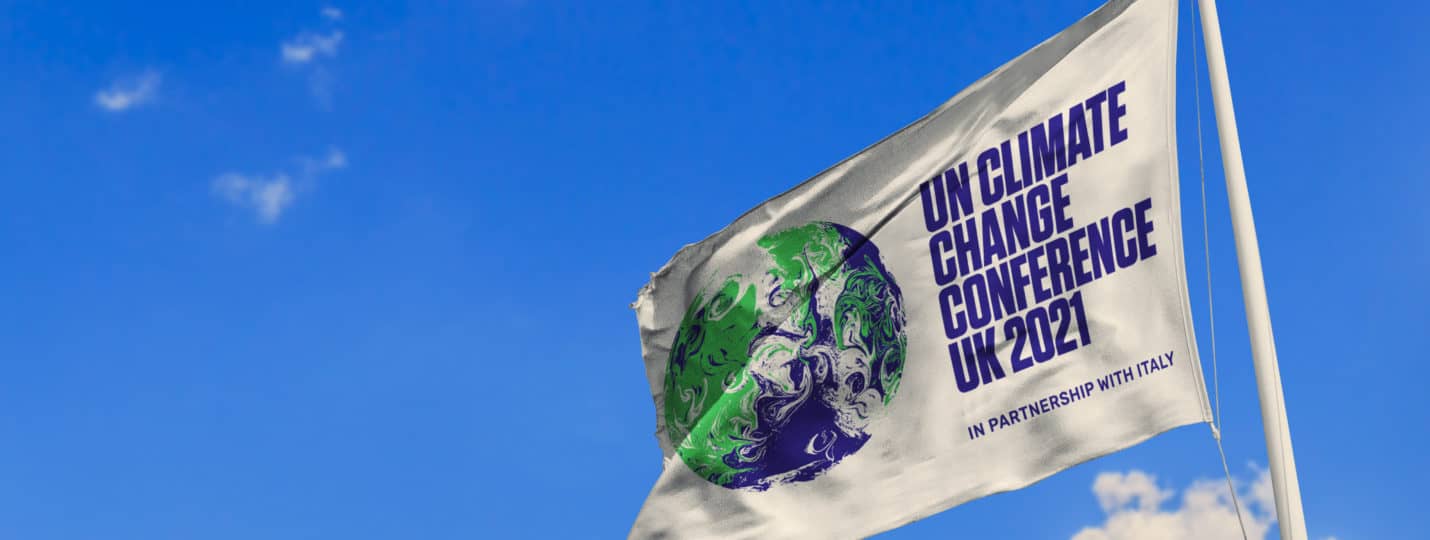Insight
COP26: The good, the bad and the ugly

As the clock ticks on the climate crisis, all eyes are on our world leaders at the 26th United Nations Climate Change Conference in Glasgow – COP26. Seen as a crucial moment in tackling climate change, the annual summit calls on global heads of state to outline their actions and intentions towards achieving the goals of the Paris Agreement and avoid the worst impacts of global warming.
The central aim of the Paris Agreement is to strengthen the global response to the threat of climate change by limiting a global temperature rise this century to well below 2 degrees Celsius above pre-industrial levels and to pursue efforts to limit the temperature increase even further to 1.5 degrees Celsius.
The Good
In the first major deal of the climate summit, a total of 110 world leaders – more than ever before – promised to end and reverse deforestation by 2030. The countries who have signed the pledge, including Canada, Brazil and Russia, account for around 85% of the world’s forests, which absorb around a third of global C02 released from burning fossil fuels each year.
In another ‘game changing commitment’, the US and the EU announced a global partnership to cut methane emission levels by 30% by 2030. The Global Methane Pledge was put forward as an effective way to slow global warming in the short term, with 105 countries signing up to the initiative including major emitters such as Brazil, Nigeria and Canada.
In a move to support developing countries access the innovation and tools needed to transition to net zero, Boris Johnson launched the new Glasgow Breakthrough Agenda. Over 40 world leaders – representing more than 70% of the world’s economy – have signed up to making clean technologies the most affordable, accessible and attractive choice for all globally in the most polluting sectors by 2030.
The Bad
While these major deals are welcome in principle, there are many questions surrounding their legitimacy after the failure to deliver on key promises from previous events – a core focus of this year’s conference.
Ahead of the Paris Agreement, developed countries committed to mobilise $100billion every year from 2020 to support poorer countries in working to limit their emissions and achieve the goal of net zero by the half century. However, the promise has already been broken with $79.6billion – over $20billion short – mobilised in 2019 and reports suggest we’ll have to wait another two years before achieving the goal.
Criticism has also fallen on the world leaders who have failed to turn up to the event including key players like China – the largest emitter of C02 – and Russia – the 5th worst. Both countries have signed up to the pledge to reverse deforestation by 2030, but Joe Biden said it was a “gigantic issue” that neither Putin or Xi Jinping were in attendance.
The Ugly
On Monday, Israel’s minister for health and water was unable to attend the first day of the summit because the event was not wheelchair accessible. Karine Elharrar, who has muscular dystrophy, was unable to reach the grounds of the conference as the only available options for transport were shuttle buses that were unsuitable for wheelchairs, or walking. She called out the UN in a tweet explaining that “It is sad that the UN, which promotes accessibility for people with disabilities, in 2021, does not provide accessibility to its events.”
Given that the topic of the summit is stopping climate change, it’s no surprise that Joe Biden also came under fire after arriving at the conference in his presidential limousine – called The Beast due to its size – alongside a convoy of more than 20 vehicles, including SUVs and performance motorbikes.
In another blunder for the President, Mr Biden also appeared to fall asleep during the opening speeches of the conference before being saved by an aide, who whispered something in his ear and woke him up after about 30 seconds.
We’ll be continuing to follow the events and key outcomes of COP26 so make sure you stay tuned for more content. For further information on how to communicate your environmental credentials, visit our ESG page for additional insight.




